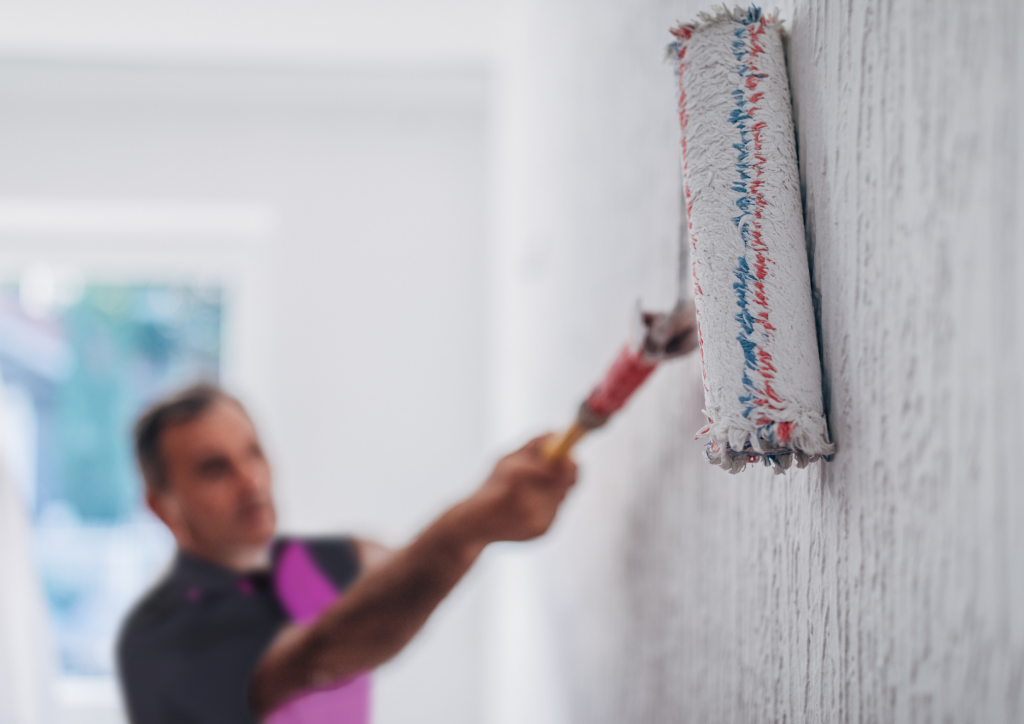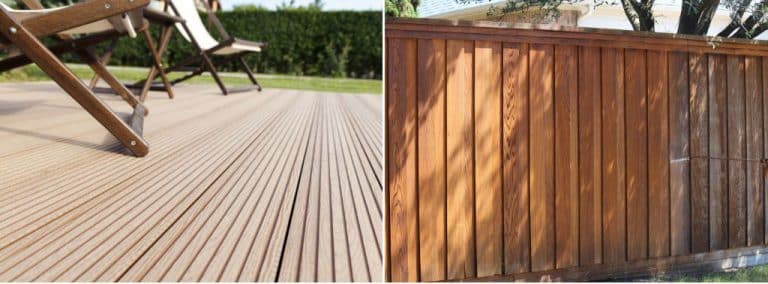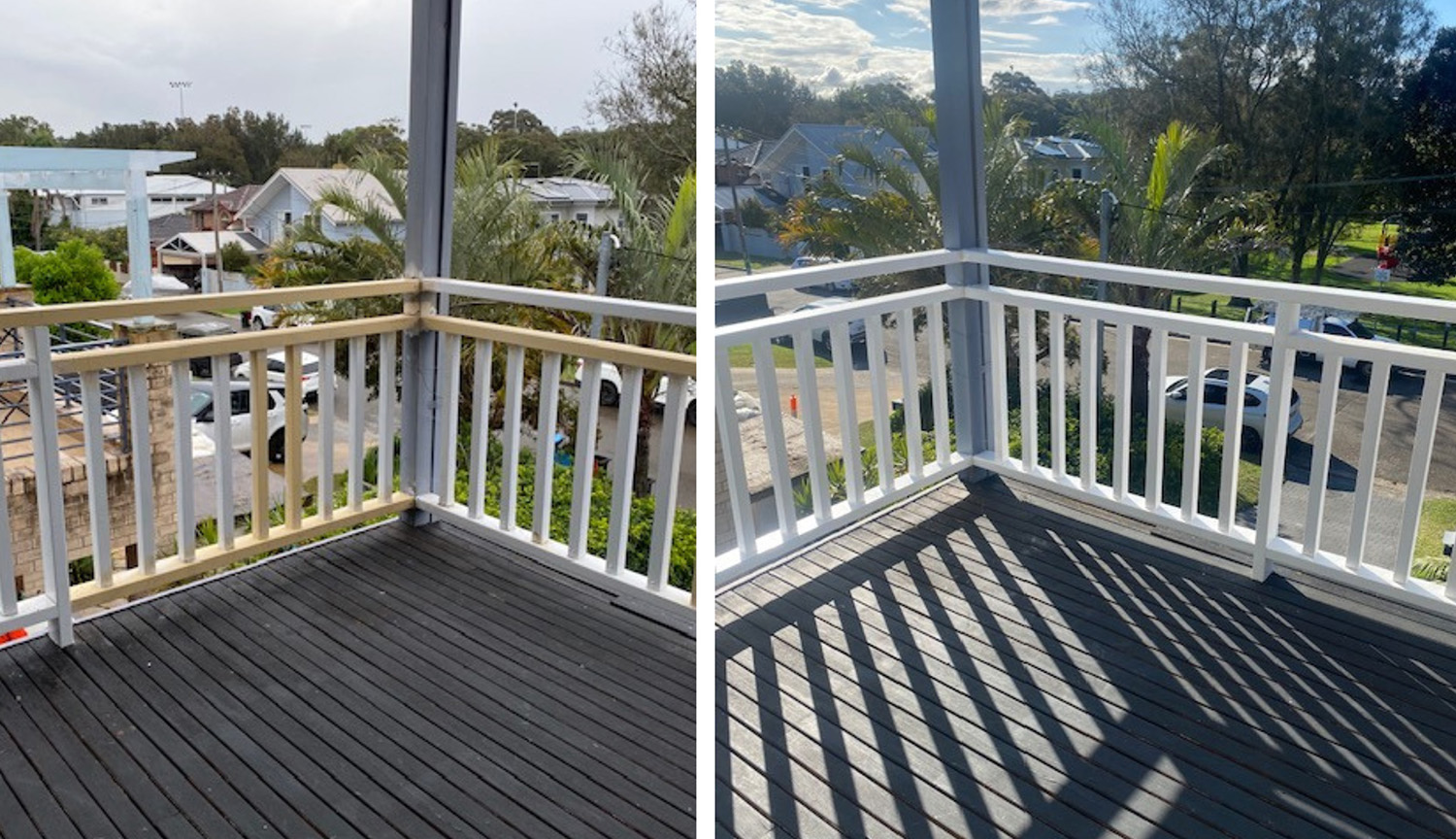Painting seems simple until you’re halfway through and wondering when it’s safe to add the next layer.
But what happens if you apply a second coat of paint too soon? You risk smudging, peeling, or trapping moisture that affects the finish. Wait too long, and you might need to re-prep the surface. This guide explains how long to wait between coats of paint, what affects drying times, and when it might be better to bring in professional help.
How Long Does Paint Take To Dry?
Paint goes through different stages as it dries. It might feel dry to the touch within an hour or two, but that doesn’t mean it’s ready for another coat. Beneath the surface, it’s still soft and settling.
Each product is different, but here’s a general guide:
- Water-based paint: Wait 2 to 4 hours between coats
- Oil-based paint: Wait 16 to 24 hours
- Primer: Usually ready for recoating in 1 to 4 hours
The label on the can is the most reliable source. It’ll list drying and recoat times specific to that product. If you’re using primer and aren’t sure how it fits into your project, check out our guide on what primer paint is.
What Happens If You Paint Too Soon?
If you apply a second coat before the first is ready, a few things can happen:
- The top coat may lift or mix with the first coat
- The surface can look patchy or uneven
- Drying slows down, which may lead to tackiness or soft spots
- Paint can crack or peel over time
It’s better to wait an extra hour than to deal with a surface that needs sanding and starting over.
Can You Wait Too Long?
Most paints allow for some flexibility. If you wait a few days between coats, that’s usually fine as long as the surface stays clean and dry. If it sits for more than a week, give it a light sand or wipe down before continuing.
There’s no strict maximum time between coats of paint, but surface prep becomes more important the longer you leave it.
Conditions That Affect Drying Time
Several factors can speed up or slow down drying:
- Humidity: Slows everything down, especially in rooms like bathrooms.
- Temperature: Cold air extends drying times; warm, dry conditions help.
- Ventilation: Poor airflow can trap moisture and delay drying.
- Paint thickness: Heavy coats take longer to dry and can cause issues later.
Type of Surface
The material you’re painting matters. New plaster or bare walls absorb more paint and dry differently than previously painted walls. If you’re working on a non-standard surface like brick, the process will take longer.
For those jobs, it’s worth checking our guide on how to paint a brick wall.
Tips for Better Results
Not sure how to get the most out of your painting project? These five practical tips will help you avoid common issues and ensure a smooth, professional-looking finish.
- Stick to thin, even coats: Thicker coats take longer to dry and are more likely to cause drips or peeling. Applying multiple light layers gives you better coverage and reduces the risk of problems like bubbling if the second coat goes on too soon.
- Don’t rush between coats: Wondering how long you should wait between coats of paint? Always check the label, but in general, give water-based paint at least 2 to 4 hours before recoating. Rushing can cause the top layer to drag or dry unevenly.
- Use paint suited to the room: The type of paint matters. For areas like bathrooms, choose products designed to handle moisture. The best bathroom paint resists mould and won’t peel under steam or humidity.
- Plan your colours: Some colours need more coats than others. Taking time to choose paint colours that suit the surface and lighting can help you avoid extra work and get the look you’re after sooner.
- Use a primer when needed: If you’re covering dark colours, patchy surfaces, or raw materials, a base coat helps. If you’re unsure what primer paint is or whether you need it, it’s worth checking before you start. It can save you time (and cost) later.
When It’s Worth Hiring a Painter
If your project involves multiple coats across different surfaces, or you’re dealing with flaking or uneven paint, it may be time to hire a painter. A professional will know when to recoat, how to prep surfaces correctly, and how to avoid common issues that slow things down.
Whether you’re painting a bedroom wall or refreshing your whole home, a professional can keep things on schedule and finish the job to a higher standard.
Book a Hubby Today
Need help with your painting project? We can match you with a local Hubby who’s experienced, well-equipped, and ready to take care of it. All our Hubbies are fully insured, police-checked, and backed by a 100% workmanship guarantee.
Let us know what you need and we’ll get it sorted.
Book a quote today and take the guesswork out of your next coat.









